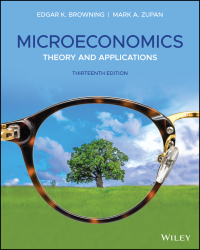On January 31, 2011, the Company elected to change its costing method for the material component of raw materials, work in process, and finished goods inventory to the lower of cost or market using the first-in first-out ("FIFO") method, from the lower of cost or market using the last-in first out ("LIFO") method. The labor and overhead components of inventory have historically been valued on a FIFO basis. The Company believes that the FIFO method for the material component of Inventory is preferable as it conforms the inventory costing methods for all components of inventory into a single costing method and better reflects current acquisition costs of those inventories on our consolidated balance sheets. Additionally, presenta- tion of Inventory at FIFO aligns the financial reporting with the Company's borrowing base under its line of credit (see Note 3 for further discussion of the line of credit). Further, this change will promote greater comparability with companies that have adopted International Financial Reporting Standards, which does not recognize LIFO as an acceptable accounting method. In accordance with FASB ASC Topic 250,"Ac- counting Changes and Error Corrections," all prior periods presented have been adjusted to apply the new accounting method retrospectively. In addition, as an indirect effect of the change in our inventory costing method from LIFO to FIFO, the Company recorded additional inventory lower of cost or market expenses and changes in deferred tax assets and income tax expense. The retroactive effect of the change in our inventory costing method... Increased the February 1, 2008, opening retained earnings balance by $4.1 million, and increased our inventory and retained earnings balances by $8.5 million and $5.4 million as of January 31, 2009, by $6.9 million and $4.3 million as of January 31, 2010, and by $7.6 million and $4. million as of January 31, 2011, respectively. REQUIRED a. What do the stated changes in inventory in each year represent(e.g., the $7.6 million in 2011)? Equity? What is the difference between the two? b. What were Virco's stated reasons for the change to FIFO? c. In the Annual Report for the year ended January 2010, Virco states the following: "Inventories are stated at the lower of cost or market. Cost is determined using the last-in, first-out (LIFO method of valuation for the material content of inventories and the first-in, first-out (FIFO method for labor and overhead. The Company uses LIFO as it results in a better matching of costs and revenues." What are some possible motivations behind why Virco changed to the FIFO method of accounting beyond those listed by management







